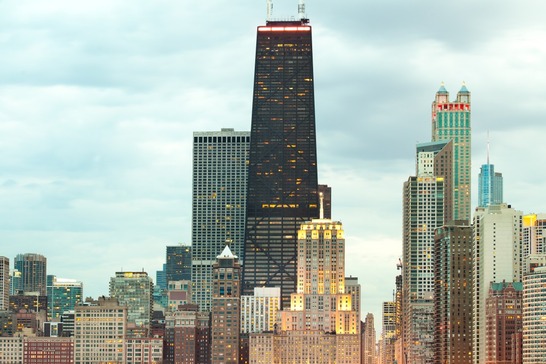
You stand at the window of a skyscraper, gazing out at the city below. Streets and parks become small patches of green and grey. Life bustles around you in quiet rhythms within walls of glass and steel. This window is not only a frame for a view — it is a view into the future of our living, working, and connecting vertical living.
The cities of the world are developing at a greater rate than ever before, and ground space is becoming scarce. The solution is not to sprawl endlessly but to rise. Vertical living is transforming urban life by placing homes, workspaces, parks, and amenities within high-rise buildings that are complete communities. This new form of living presents thrilling prospects and special challenges to architects and planners.
Reaching New Heights in City Life
Cities have been sprawling over the land for centuries, widening farther and farther outwards. But vertical living works differently. Instead of widening outwards, it goes upwards, forming whole cities in the sky where thousands of individuals can live reasonably in a single building.
These city-in-the-sky structures are intended as entire neighbourhoods. In one building or a cluster of linked towers, residents have not just homes but schools, stores, offices, parks, and even farms. Life occurs in vertical layers, with each floor a new world and experience.
This compact way of living helps preserve valuable land, reduce traffic congestion, and lower pollution. For architects, it means designing spaces that are efficient, beautiful, and human-centred despite their height.
Bringing Nature into the Sky
One of the greatest challenges of vertical living is to make tall buildings feel alive and natural. Sky cities are no longer just concrete and glass boxes. They integrate plants, trees, and gardens throughout their design.
Terraces and balconies are converted into green areas with shrubs and flowers. Vertical gardens scale buildings, and roof parks offer outdoor spaces for recreation. These organic features clean the air, lower temperatures, and produce a soothing environment far above the city din.
Water features, sunlight-filled atriums, and open courtyards bring freshness into the vertical world. Careful design brings nature to everyone, allowing residents to stay connected to the outdoors even if they live hundreds of feet in the air.
Sustainability from Bottom to Top
Vertical living is a dynamic solution to building sustainable cities. By bringing people and activities together in high-rise buildings, urban sprawl and the destruction of natural habitats are minimized.
They tend to draw energy from renewable sources such as solar panels and wind turbines built into the structures. Water recycling mechanisms are efficient in saving resources, and intelligent technology aids energy management.
Since work, residence, and play are integrated, individuals depend less on automobiles. This contributes to cleaner air and reduced traffic. Vertical living accommodates a more environmentally friendly lifestyle while satisfying the demands of urbanization.
Engineering Wonders Supporting Life Above
Designing secure and comfortable sky cities requires state-of-the-art engineering. Buildings have to resist wind pressure, seismic forces, and weather shifts while offering stability and comfort.
Durable but lightweight materials carry these giant structures without burdening their foundations. Elevator systems become major vertical streets, ferrying residents rapidly and fluidly between floors.
Sophisticated sensors and intelligent building management systems track everything from temperature to air quality, making sure every aspect of the building adjusts to the needs of its inhabitants.
Designing for Connection and Community
Central to vertical living is the necessity for actual communities. To live high up from the ground should not equate to solitude.
Architects are concerned with building shared spaces such as shared kitchen, lounge, play areas, and roof-level gathering spaces where people meet and interact with each other. Natural light and city views contribute to uplifting and welcoming homes.
Adaptable apartment designs fit a range of family sizes and lifestyles. Areas that can adapt over time mean that these buildings will be occupied by individuals all through their lifespan.
Learning from the Past and Building the Future
Vertical living is a long-standing tradition. Ancient civilizations constructed multi-story buildings and towers, but the sky cities of today operate with new technologies and materials to unprecedented heights and sophistication.
Worldwide, architects are testing new designs that balance cultural values with environmental sustainability. These experiments provide insights into how vertical living can be a preferred and viable way of life.
The Future Above Us
The urban future is evolving upward. Living vertically presents an opportunity to solve the issue of overcrowding, global warming, and social interaction through a new way of thinking about city design.
As architects and architecture students, this new era presents us with a challenge: to envision spaces that are functional, sustainable, and human at all levels.
The window you gaze out of today will perhaps be only a window into a city that rises to the sky, where communities grow, develop, and flourish above the earth.
